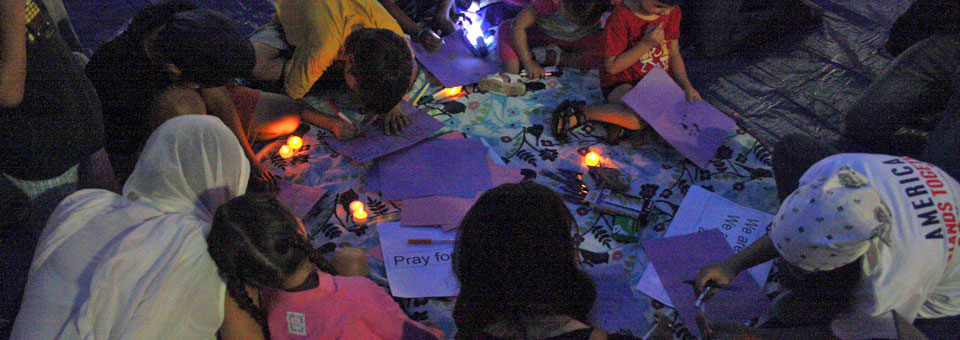The recent tragedy in the Oak Creek Gurdwara has once again highlighted our Sikh identity concerns and the way in which we are viewed worldwide. Be it in the most liberated and educated society of the World, or in our own backyard of India, Sikhs sustain much more than we are recognised for.
The incident in Oak Creek involved a disgruntled individual who was rife with disillusionment and depicts the fall-out of American war-mongering worldwide. The hype created by many Governments around the World, particularly America, about serious threats from a group or religion has deeply affected the fear-psychosis within barren minds such as that of the shooter who took so many innocent lives in a most secured and revered place as the Gurdwara.
American society is deeply segregated. People like Sikhs who are a minority – and a non-white group – are one of the most mistakenly-identified people. But since 9/11, Americans are so terrified, that their fear is generating further segregation. Around 1,000 documented incidents of racial abuse has involved Sikhs in just ten years and in three of those cases Sikhs were killed. Sikh children who attend public or private schools with a visibly different appearance have to undergo uncalled-for pressure from fellow classmates, for the simple reason of ignorance. Too many people lack acceptance of persons of a different background, even though many Sikh children are as American as anyone can be. But this Sikh struggle amid great upheaval, has been suffered since the beginning. The form might have changed, but even in India, Sikhs have to undergo severe fallouts everyday despite having a Sikh Prime Minister and Sikh Chief of the Indian Army. A Sikh has to go the extra mile to prove him or herself and to gain respect.
Dreams of assimilation in America are still an illusion. No matter how educated and learned a society is, certain basic issues like colour, race and even class go unresolved. But we Sikhs ourselves lack strong leadership who would otherwise back up the community and are without visible role models. Sikhs have the basis of strong institutions but notable progress in academic fields are still lacking and so it isn’t surprising we have failed to be recognised in America. The sole aim of migration has been enrichment financially, for as economically celebrated as the Indian state is, it has not been able to hold a promise of betterment and stability that Sikhs see in other places. But this sole aim has limited our mindsets to an extent and too often American Sikhs keep themselves away from intermingling with others socially or otherwise.
The response of Sikhs worldwide, but especially in America was a worthy example of our ideals and has been duly appreciated by everyone concerned in America. In Delhi, the American envoy duly visited a Sikh Gurdwara to offer sympathy, but elsewhere, Indian Sikhs responded as hooligans by brandishing swords in front of the American embassy and despite central Government showing a lot of concern, the State response until now towards atrocities against Sikhs in India lacks any sense of remorse.
This incident has been a sad issue, but we Sikhs should salute the Gurdwara head who showed the Sikh spirit and values, sacrificing himself to safeguard others. If any institution is to be raised in his memory, I hope it is an educational one. We should rethink whether building more Gurdware will enhance our identity and respect or whether building institutions of education, or others such as hospitals or art galleries would be more worthwhile. It is time to wake up for Sikhs and move forward with new thinking and fresh air. We have, can and will withstand tragedies like that of Oak Creek.





